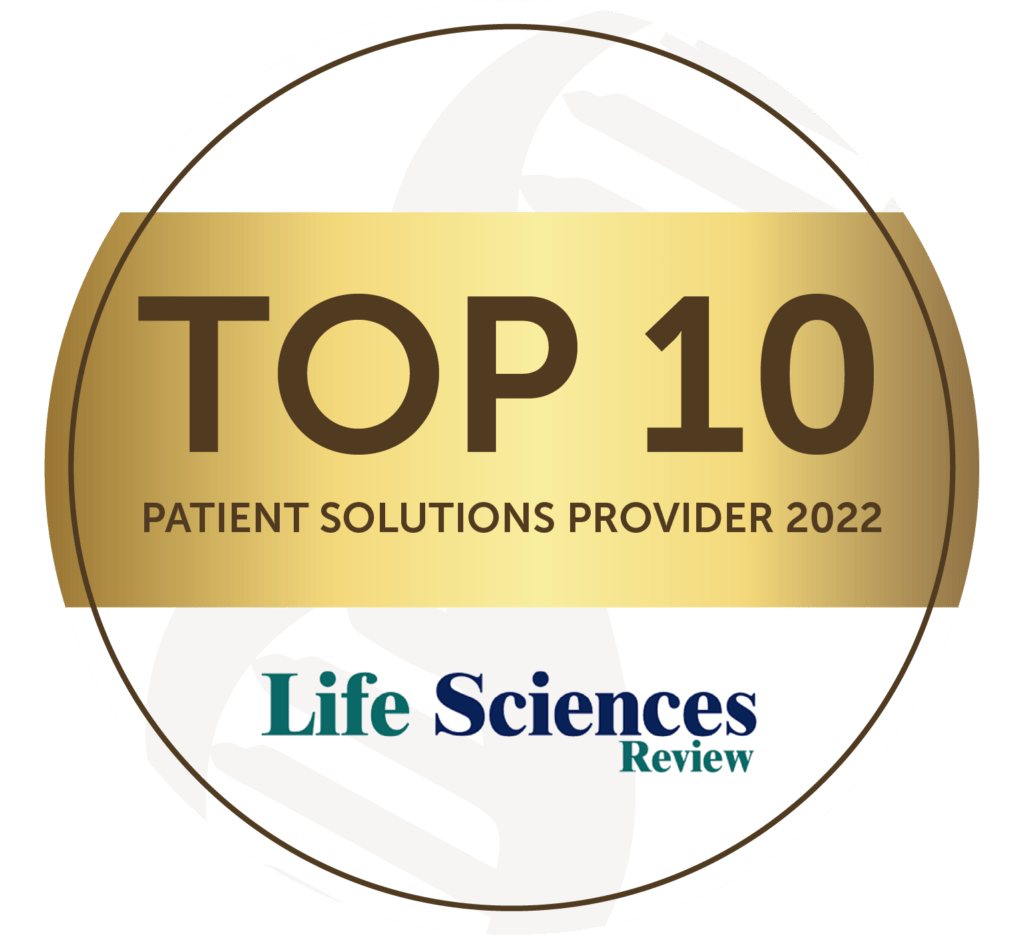Did you know that many clinical trials struggle with enrollment and retention? According to Biopharma Dive’s research, 80% of clinical trials have difficulty enrolling patients, and Walter Alexander’s findings demonstrate that 30% of patients drop out before the study concludes. The reason a participant leaves a study varies by individual, but patient feedback from recent studies show that long and frequent office visits were the primary reasons patients ended their participation.
These insights into patient participation have sparked a shift in the Biopharma industry — to incorporate patients’ perspectives and needs at each step in the clinical trial process. After all, the patient has always been the driving force behind researching and developing new medicines.
What is patient-centricity?
Patient-centricity can mean a lot of things to different people and organizations. For us, patient-centricity is the foundation of our work. We strive to not only understand the patient as best as we can, but also implement their feedback into our clinical trial processes. We keep patients at the forefront of our work by taking the time to learn about the disease of interest, providing study staff with appropriate training to ensure patients’ comfort during on-site procedures, promoting open communication between patients, physicians, and media, and adjusting our approach to meet our patients’ needs.
What does patient-centricity look like in clinical trials?
When developing the study protocol and patient recruitment strategy, it’s important to put yourself in the patient’s shoes and modify your approach accordingly. Below are a few of our patient-centric processes.
Decentralized clinical trials (DCT) are virtual or hybrid clinical trials. DCT’s may include:
Remote informed consent via an electronic consent platform
Delivery of supplies, samples, and unused medications to and from the patient’s home
In-home visits from a nurse or doctor
Remote monitoring via a fitbit or online database to record the patient’s health
Due to COVID-19 restrictions and concerns, there has been an accelerated effort to implement this more modernized model. As a result, the industry has seen many benefits, including an increase in accessibility and diversity in patients. Patients are able to virtually attend visits and remotely complete steps. People who might not have been able to physically attend appointments due to lack of time, resources, or transportation can now participate in the clinical trial process.
Connect with people who have a particular disease by hosting a patient group and/or working with patient advocacy groups. Talking with people who live with a certain disease can provide crucial insight into a patient’s daily life. Also, making a connection with patients in a city or town in which you have a research site can be helpful with recruiting patients.
Provide clear and transparent information throughout the clinical trial, without all the medical jargon. Today, people have information at their fingertips, so patients expect all the details clearly outlined at every stage in the clinical trial. Providing educational deliverables to participants when they join a clinical trial can help recruitment and retention numbers.
Why does patient-centricity matter?
Keeping patients at the forefront of recruitment and retention efforts will lead to expedited clinical trial timelines and a higher chance of the investigational drug making it to the next phase. As referenced in Biopharma Dive, the Economist Intelligence Unit’s “Future of Drug Development” study found the following:
[Patient-centric] trials took an average of four months to recruit 100 participants, versus seven months for all types of trials. The study also found that drugs developed using patient-centric designs were 19 percentage points more likely to be launched, compared to non-patient-centric trials (87% versus 68%).
The proof is in the data — considering patients’ feedback increases clinical trial success rates and facilitates a more positive experience for patients.




















